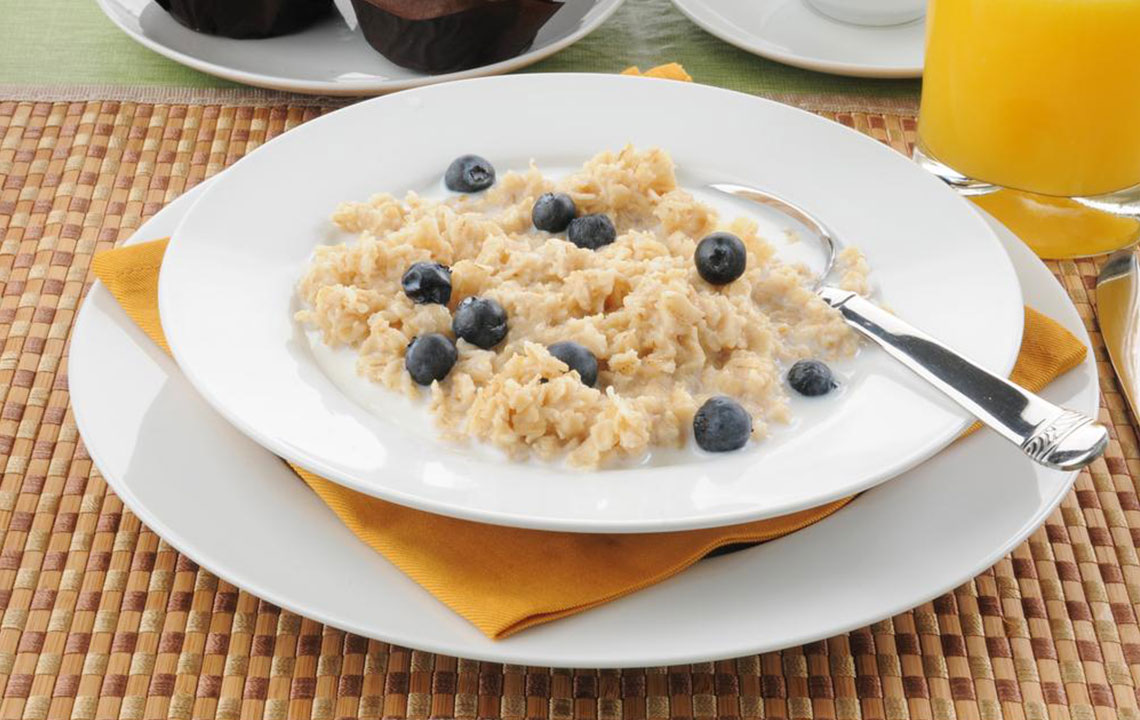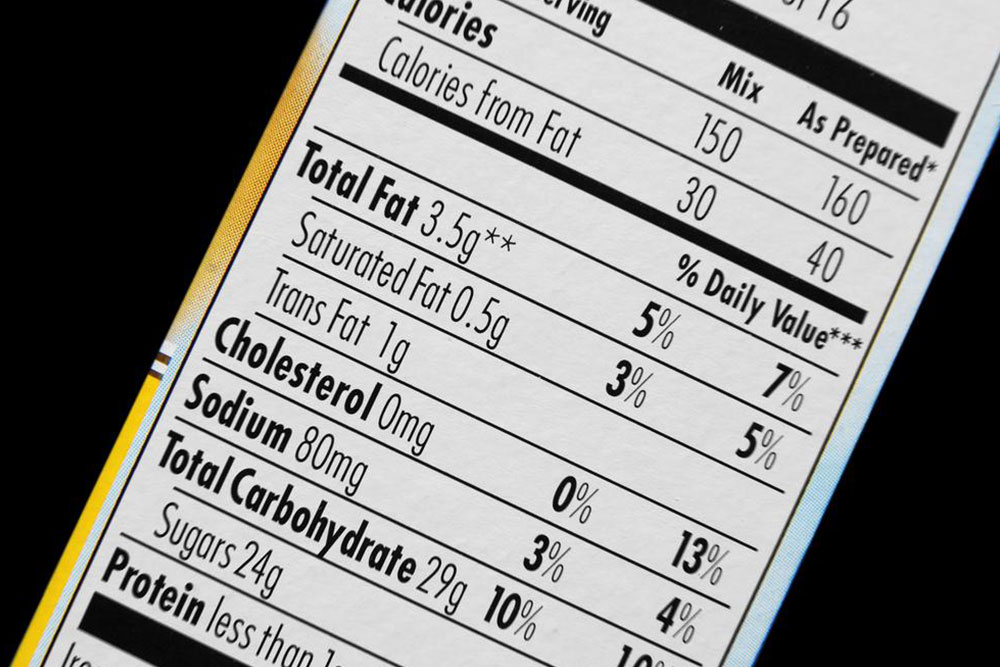Enhance Your Wellness with a Fiber-Focused Dietary Approach
This article highlights the importance of a high-fiber diet for overall health, detailing daily intake guidelines and offering practical ideas for breakfast, snacks, lunch, and dinner. Incorporating high-fiber foods can reduce disease risk, improve digestion, and support weight management. Emphasizing balanced, nutrient-dense meals with healthy fats, the guide encourages sustainable eating habits for a healthier lifestyle.

Enhance Your Wellness with a Fiber-Focused Dietary Approach
Consuming sufficient dietary fiber is vital for optimal health, yet many people don’t meet recommended levels. Modern diets often lack fiber due to processed foods and fast meals, contributing to health concerns. Adequate fiber intake can help prevent type 2 diabetes, support heart health, reduce cancer risks, improve digestion, and assist in weight control. Adopting a high-fiber eating plan tailored to your daily needs can bring these benefits, boosting overall vitality and wellness.
What are the daily fiber guidelines?
Men under 50 should aim for 38 grams of fiber each day.
Women under 50 need around 25 grams daily.
Men over 50 should target 30 grams per day.
Women over 50 should strive for 21 grams daily.
Fiber-rich breakfast ideas
Start your day with oatmeal offering about 4 grams of fiber. Whole-grain cereal is a great alternative. Enhance your breakfast by adding berries like blueberries, blackberries, or raspberries to meet the 5-gram fiber target. Opt for low-fat or plant-based milk, and choose fruits over sugary toppings for natural sweetness. Hydrate with water, herbal tea, or black coffee, and choose unsweetened juice sparingly.Healthy snacks rich in fiber
Snack twice daily on fiber-dense foods to curb cravings and energize your day. Fresh fruit with hummus, baby carrots, popcorn, or nuts are ideal options. These snacks are low in fat but high in fiber, fitting well into a nutritious diet.Whole grain lunch ideas
Incorporate brown rice, whole-wheat bread, or pasta into your lunch for fiber and low fat. Add protein through fish, beans, nuts, tofu, or peanut butter. Prepare bean burritos, vegetable pasta, or whole grain sandwiches with fruits and vegetables, accompanied by water or herbal tea for digestion and hydration.Wholesome dinner options
Opt for moderate portions such as whole grain pasta with lean proteins or plant-based dishes like lentil soup. Black bean burgers on whole wheat buns are nutritious choices. Include plenty of vegetables cooked with olive oil, seasoned with herbs. Fruits and vegetables should be prominent to boost fiber and overall health.Adopting a high-fiber diet enriches your nutrient intake, promotes heart health, and lowers cancer risk. Remember that healthy fats, especially unsaturated fats, are beneficial and should remain part of your balanced diet. Focus on fiber-rich, low-fat foods for overall well-being.


